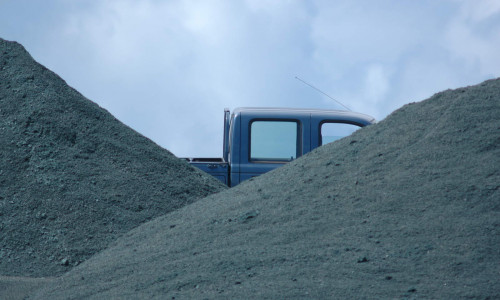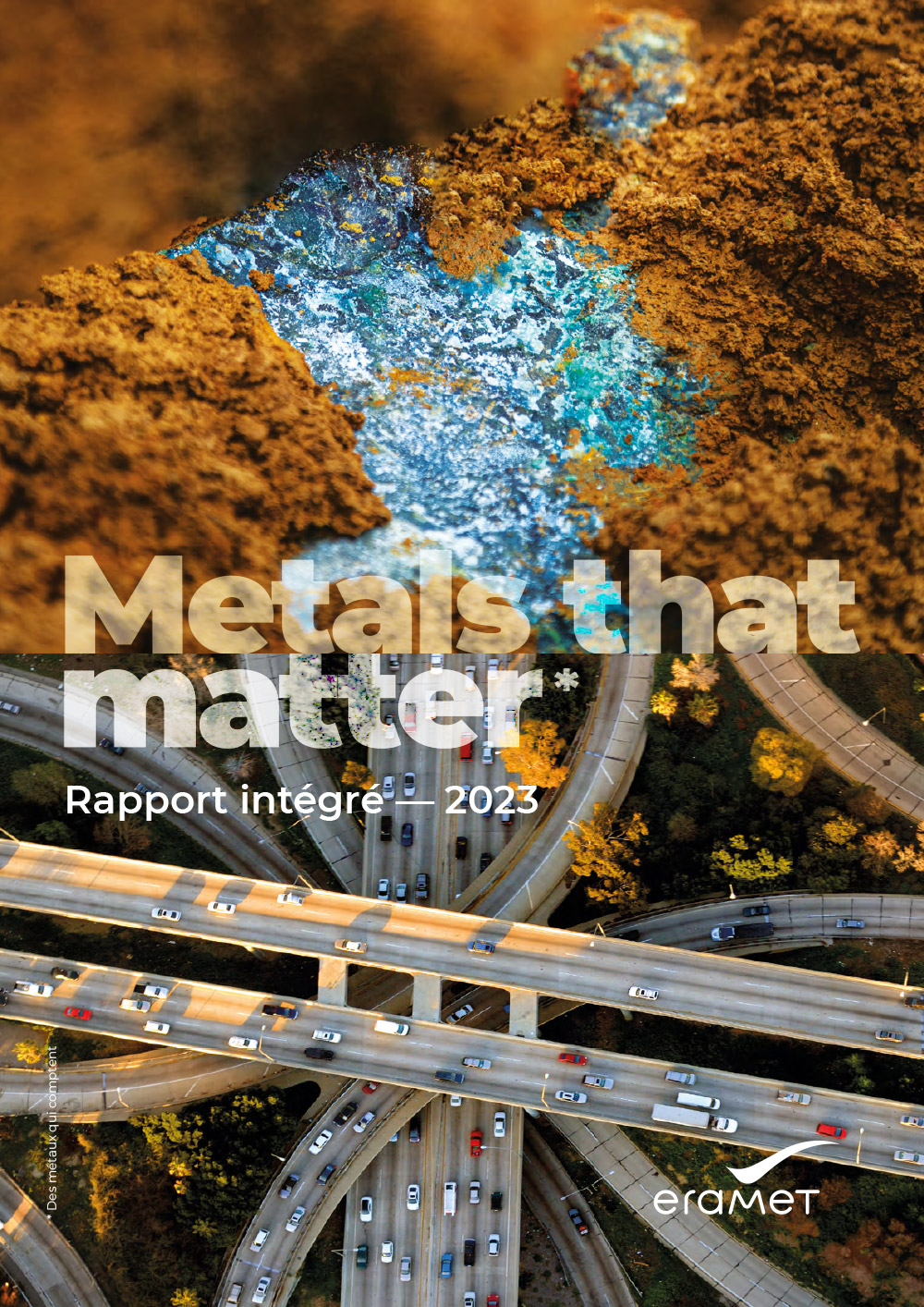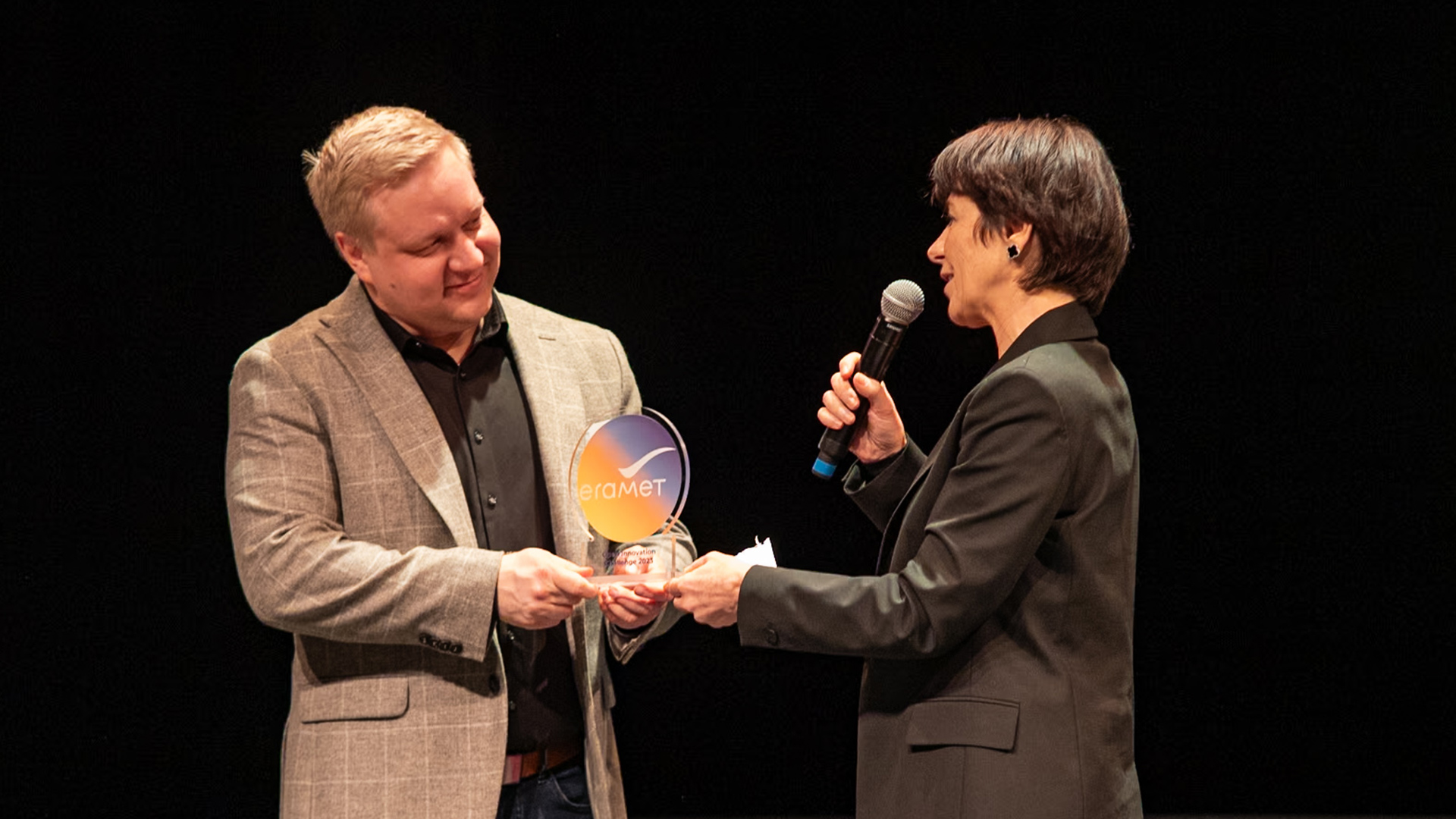At Doniambo, an infirmary was just built using a brand-new material: concrete made from slag produced at SLN. We take a closer look at an innovation with a promising future.
With its three DEMAG furnaces—the most powerful in the world—SLN produces an average of 55,000 tons of ferronickel, as well as 1.8 million tons of slag made mostly out of silica and magnesium. Though it is infrequently used, this co-product holds some real technical and economic advantages, starting with its eco-friendly nature.
Traditionally, this slag is used as fill material for the construction of offshore extensions. A large portion of the city of Nouméa, including Magenta Airport and the Doniambo plant, rely on this slag, which is used in its untreated form.
At a time when only 10% of slag output is sold on the local market, SLN is looking for new applications for this material. “For ten years, we’ve been working on various solutions to structure the product, and to accomplish this, we recently appointed some dedicated senior project managers,” explains Yves Veran, Project Manager for Slag Recycling. One possibility that has been closely examined is to use slag as a replacement for natural sand, one of the usual ingredients in concrete. SLN asked several specialized universities in Australia, as well the Centre d’Etudes et de Recherches de l’Industrie du Béton in France, to conduct studies on this application. The results have been conclusive: replacing 70% of natural sand with slag leads to an equivalent or superior level of quality in the concrete.
SLAND, a sand made by SLN
To promote these applications, a commercial name was given to this slag made by SLN: “SLAND”. The product, which is classified as a sand according to Australian and French standards, has no shortage of selling points: while cement has a large carbon footprint, SLAND is a recycled co-product used as an input in the circular economy. In this way, it can be used to produce a kind of “green concrete”, which has the not-insignificant advantage of being less expensive than traditional concrete.
Yves Veran and Thibaut de Saint Vaulry, a technical sales rep at Eramet, have been tasked with gauging the market for this SLAND, particularly in Australia and New Zealand. Together, they’ve been hard at work trying to win over various contacts in the construction in industry: “During our discussions, one question consistently comes up: how well does the concrete that incorporates this new material perform?” It was this recurring question that led to the construction of the new infirmary at SLN—the second building of its kind, after an electrical substation built in 2017. A New Caledonian company, ARBE, carried out construction using a concrete made with SLAND. Delivered in Q1 2019, the building was unveiled last June. And that is how a second “green” concrete structure was made, just a few meters from SLN’s management offices. This is a new step forward for the Group in its ambition to implement a responsible approach at all levels.




